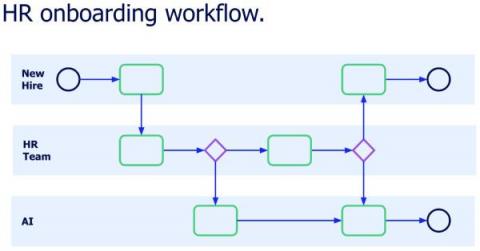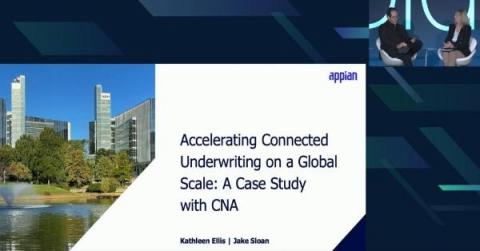What is a Workflow?
When we talk about technology, we should try to do it in the simplest possible terms. But while we hear many CEOs and other tech executives preach this advice, it’s rarely followed—and the workflow software space is no exception. Popular workflow lingo like hyperautomation, digital process automation, and intelligent automation all mean essentially the same thing: to digitize processes for efficiency, consistency, and compliance.





